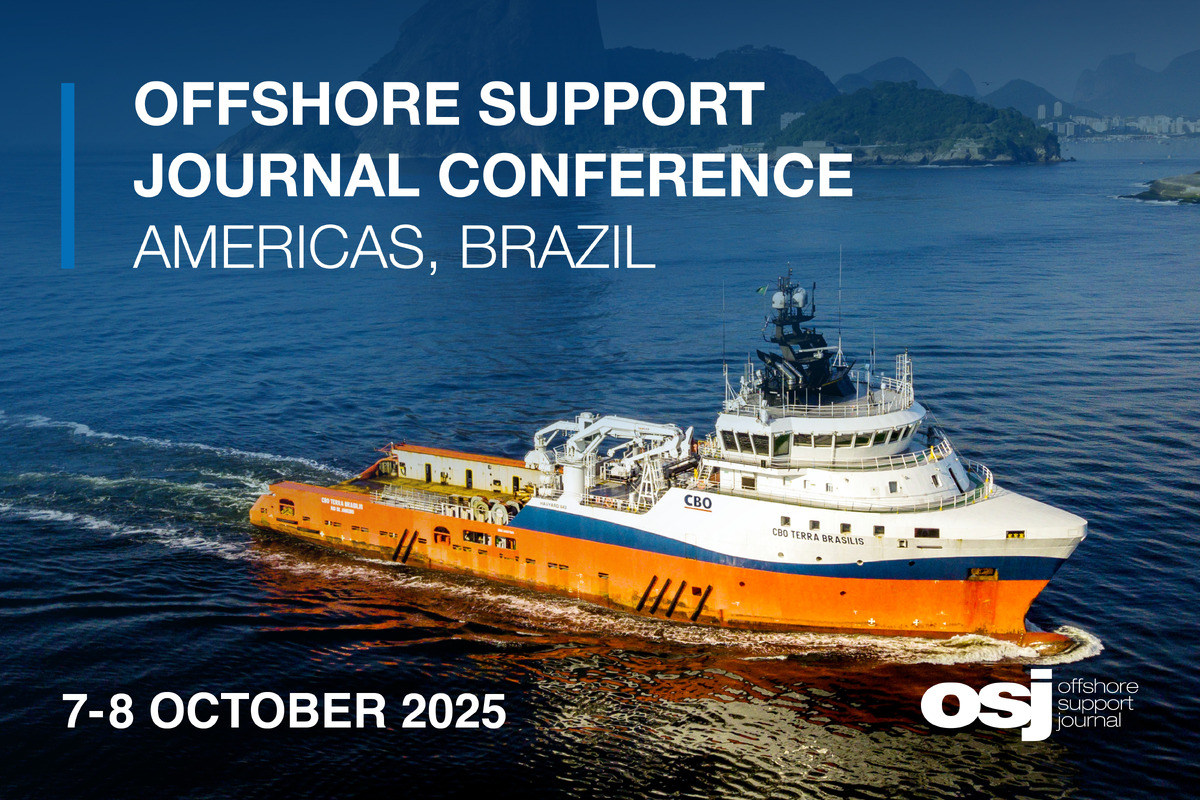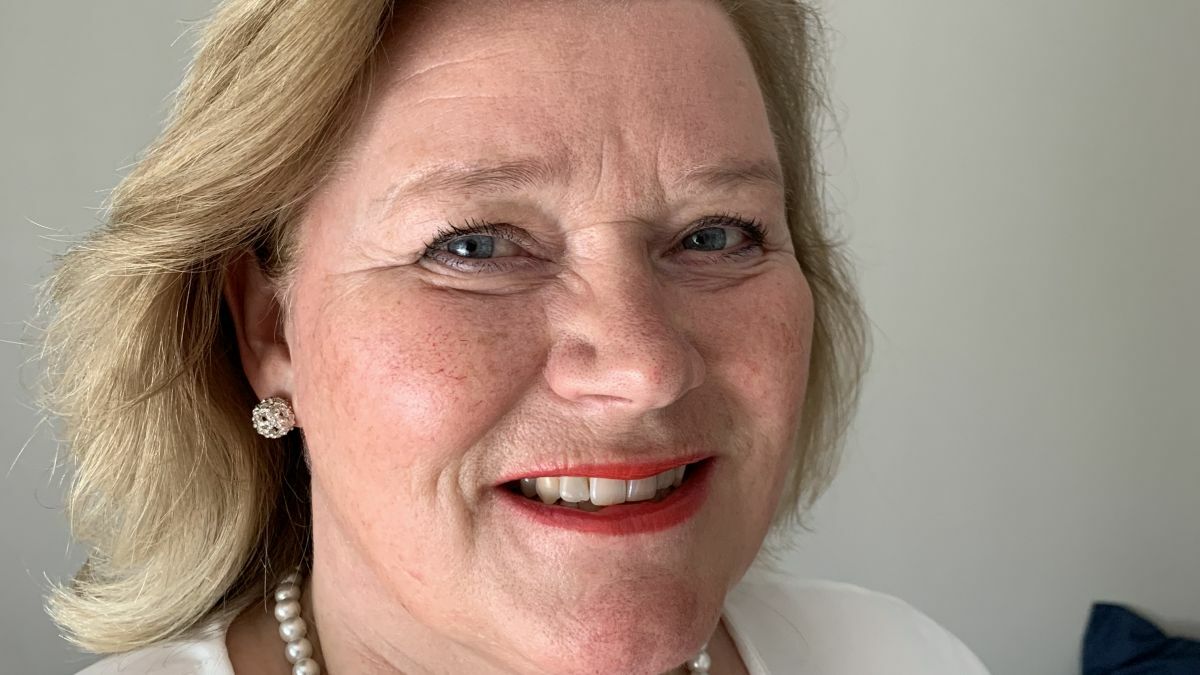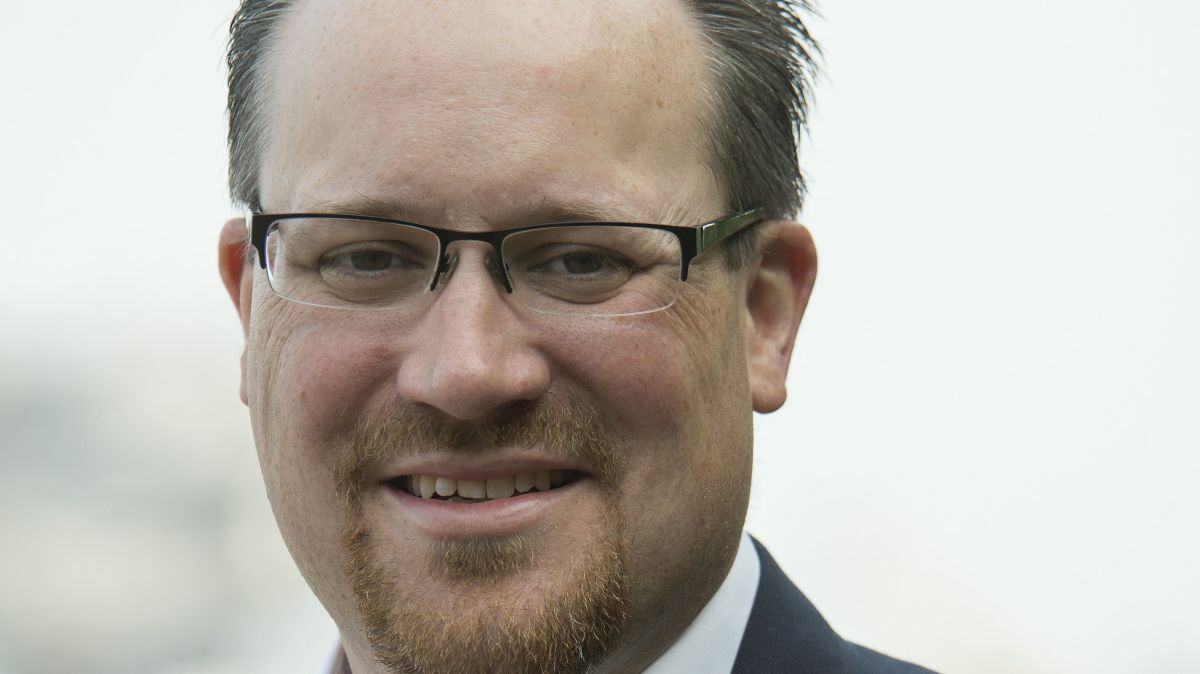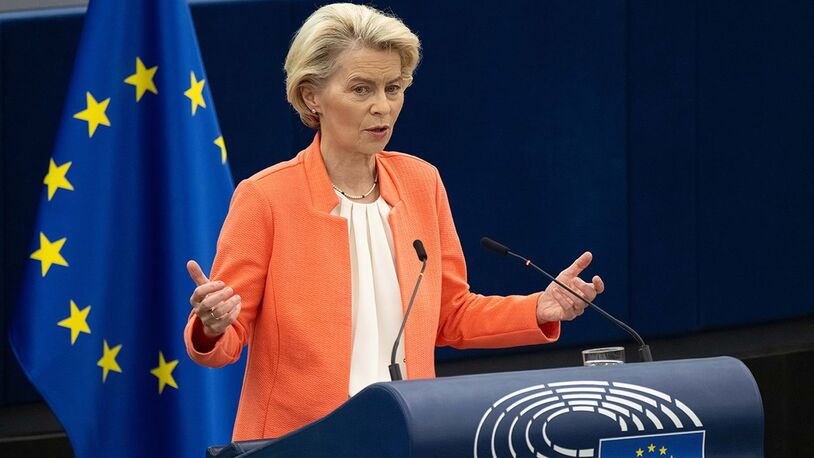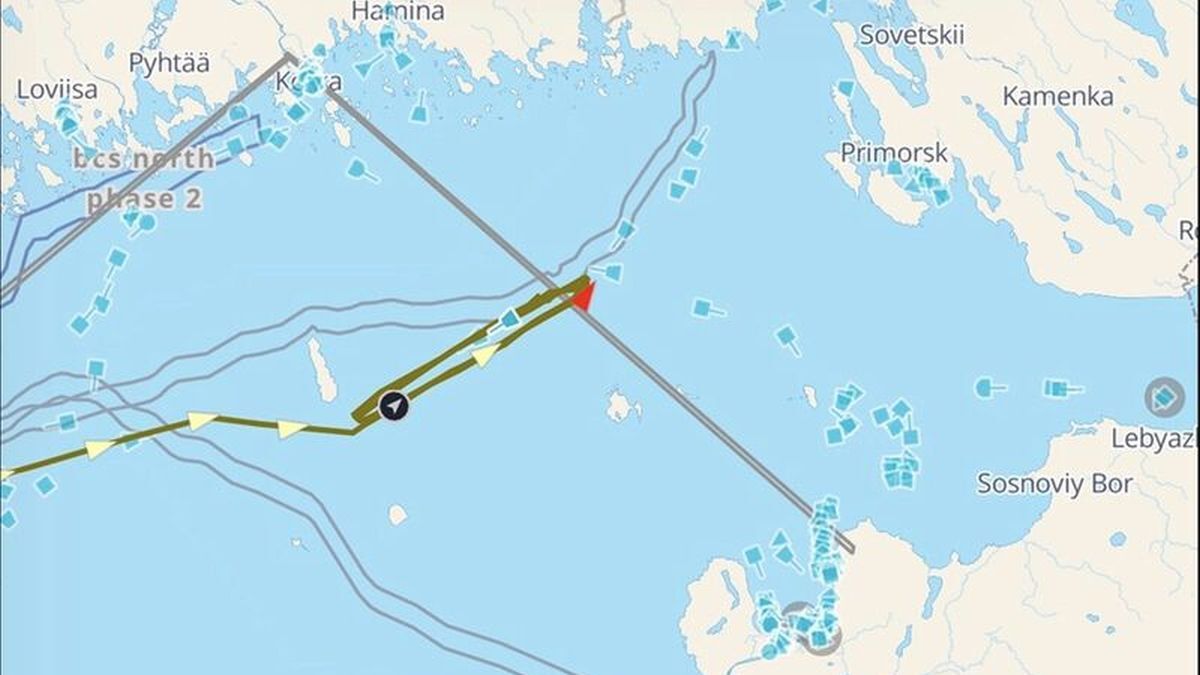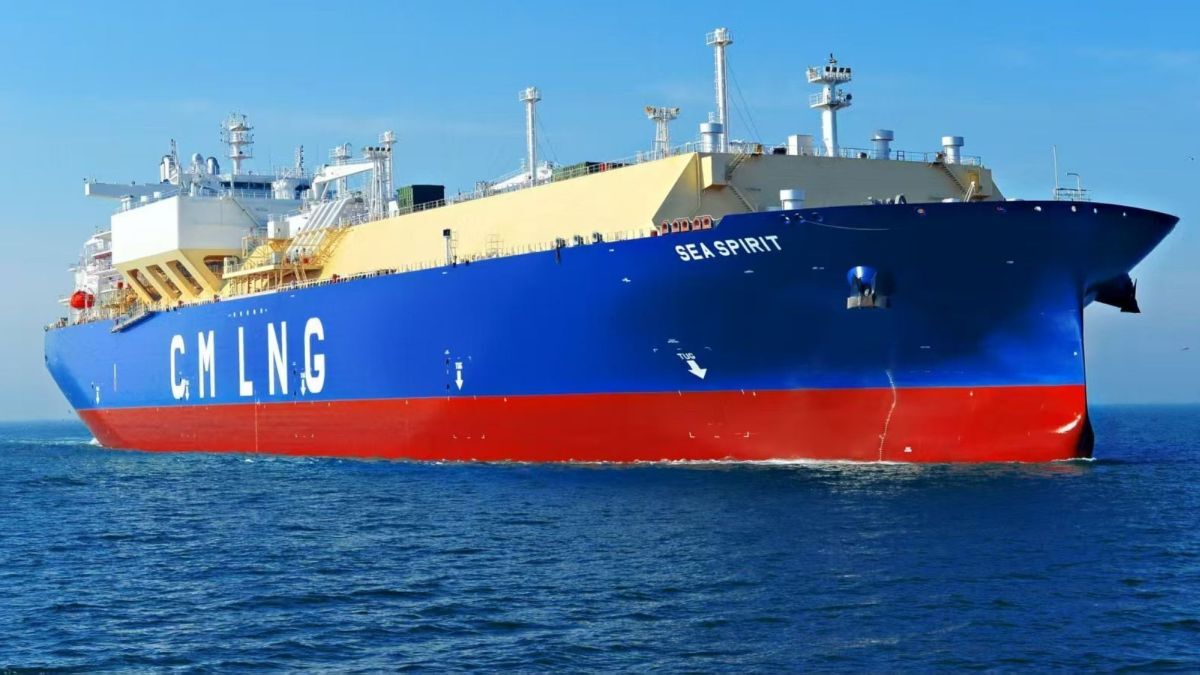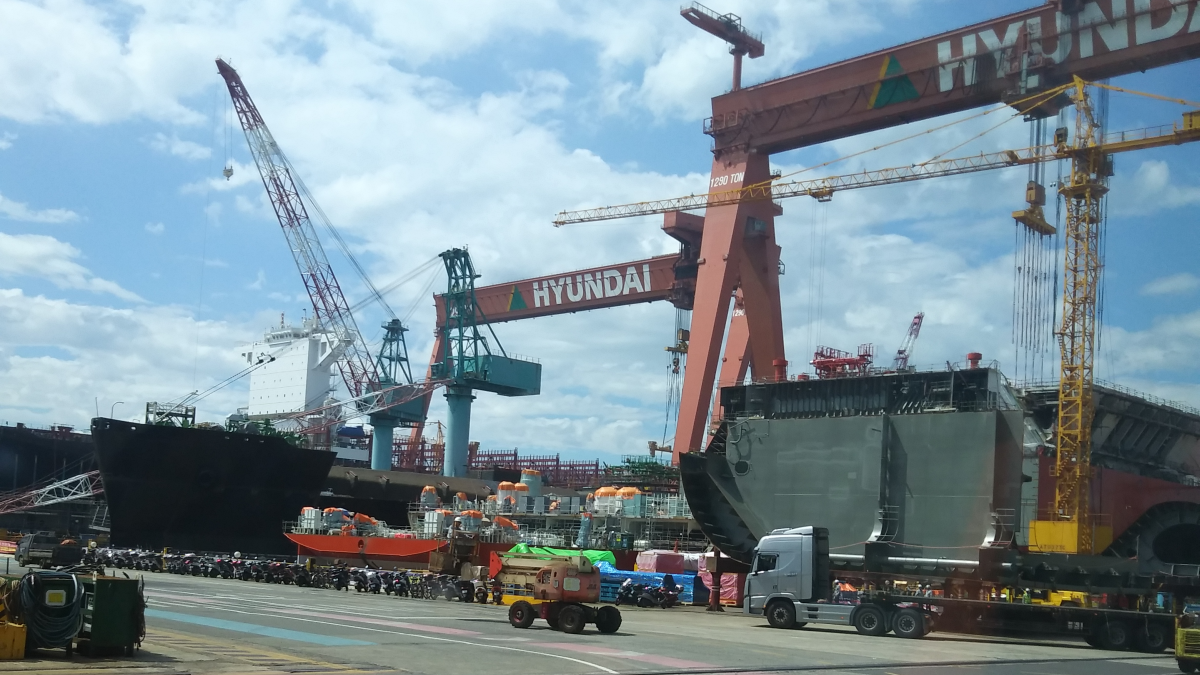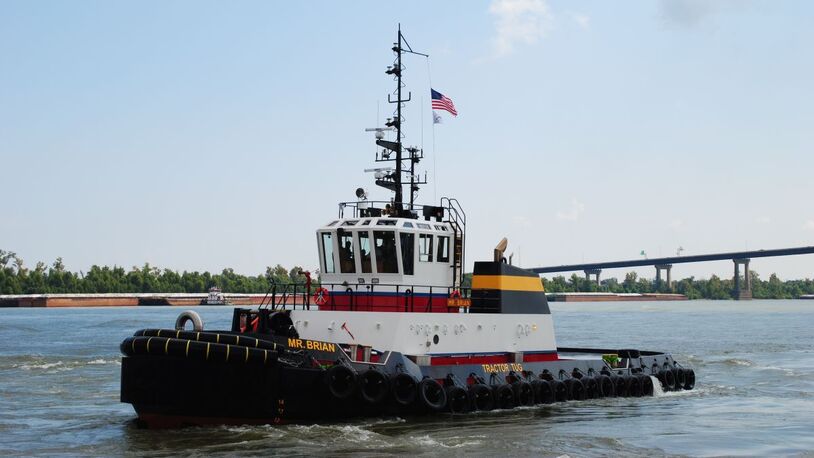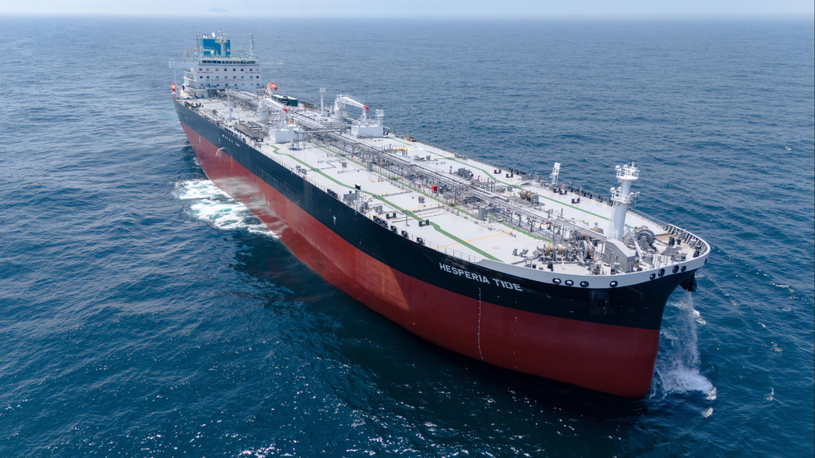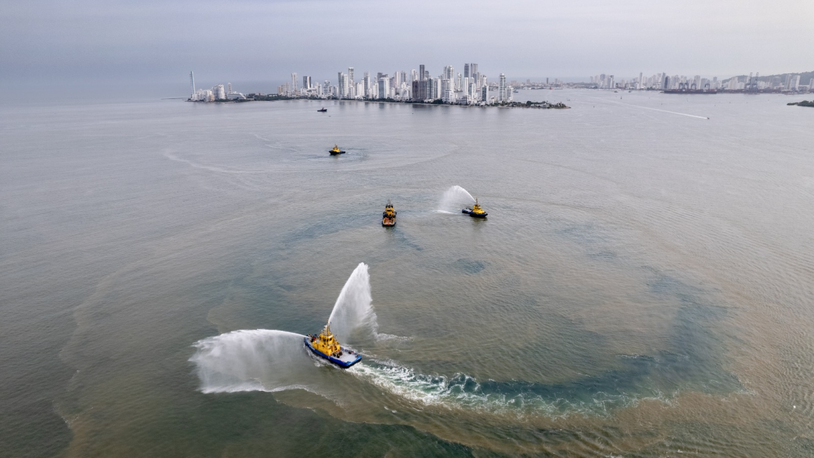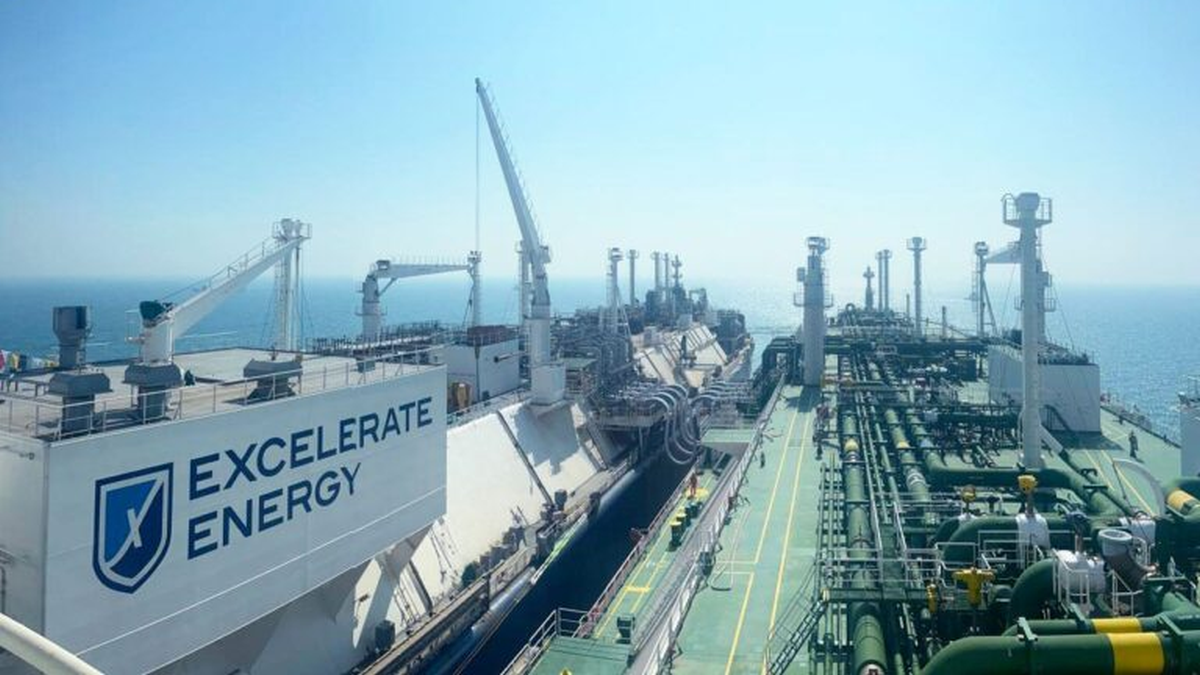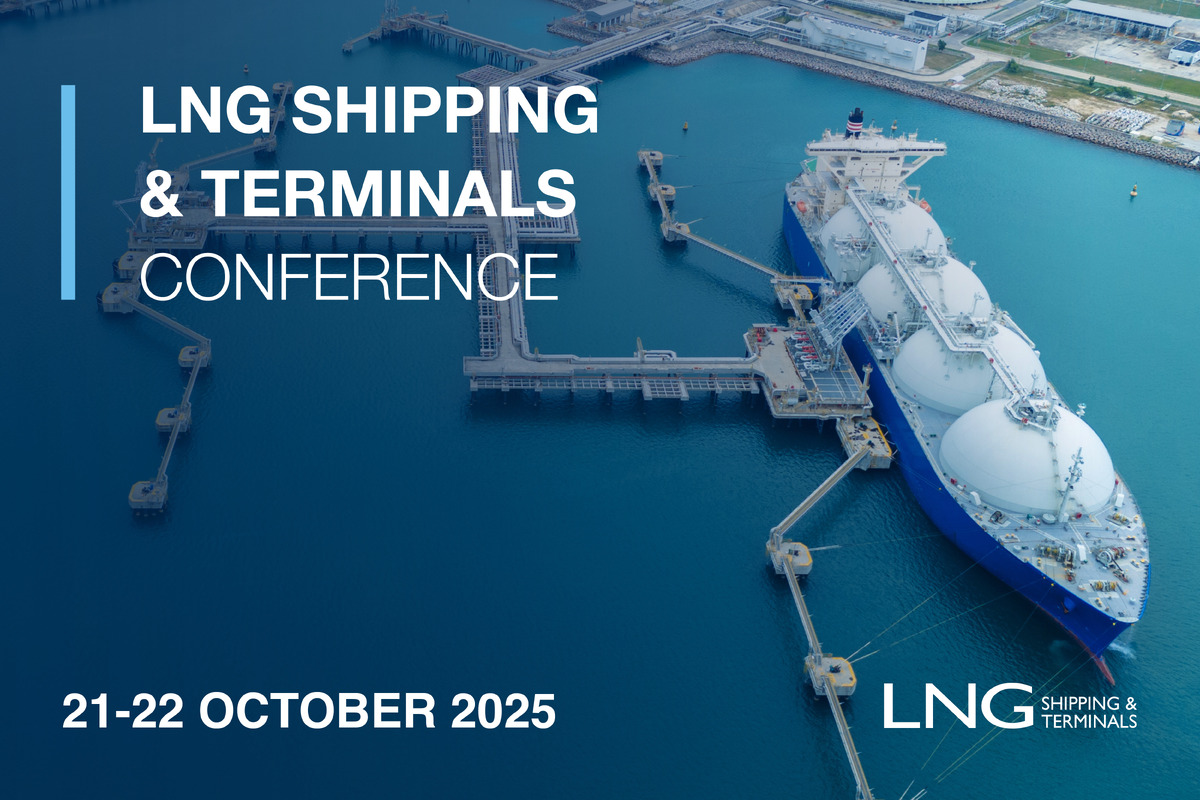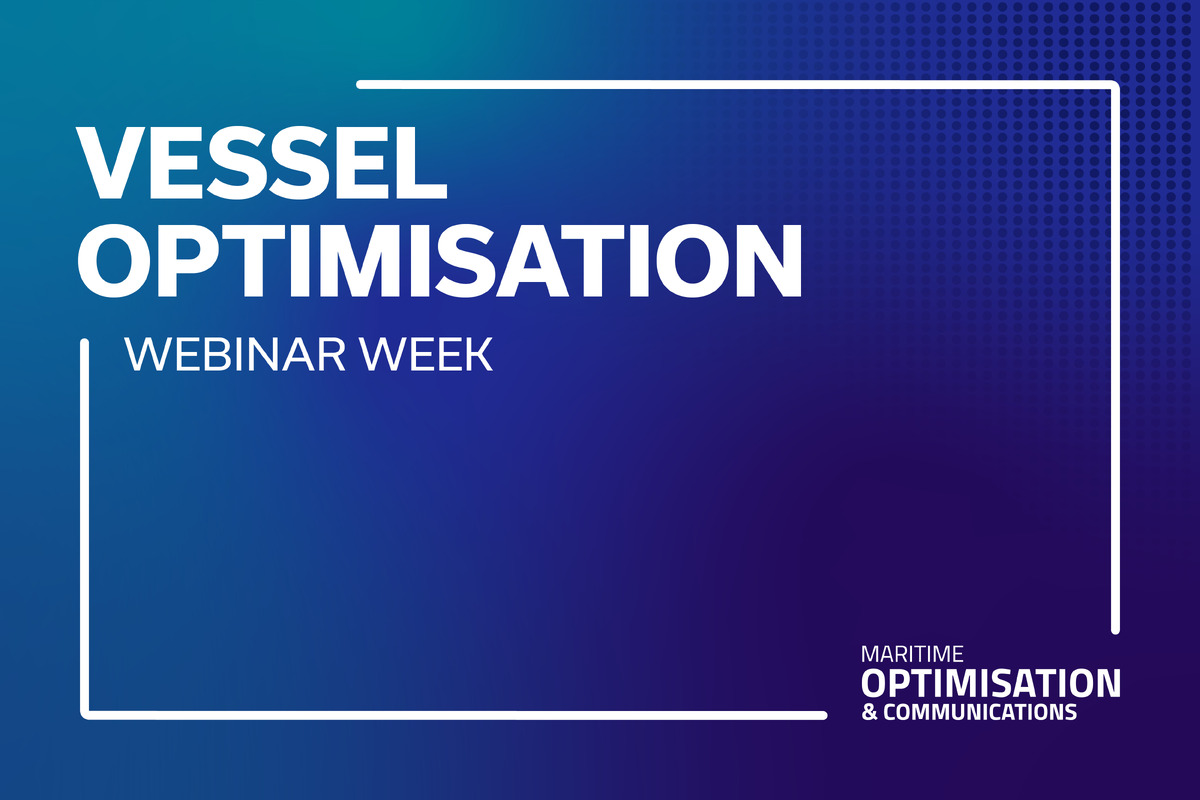Business Sectors
Events
Contents
Vessel and voyage optimisation requires an ‘alliance of the willing’
Digitalisation of the data chain, linking vessel, voyage and port, is a crucial step towards fleet optimisation
How important is optimisation and digitalisation to the shipping industry? In a Riviera Maritime Media survey*, 74% of respondents felt that current regulations encourage digitalisation, with 43% saying willingness is the biggest barrier to further digitalisation in the industry; 73% said their company has a clear idea of digitalisation in the coming years, with 39% suggesting there is a clear roadmap for the next five years. A strong majority (80%) said they expect to see full internet-of-things (IoT)-connected vessels between 2025 and 2030.
One of the companies making inroads into the digitalisation and optimisation of shipping operations is Marorka, a division of GTT Digital Services. During the webinar, Marorka director of service Haraldur Orri Bjornsson said: “Our products are time-saving, with a reduced administrative burden.” The aim of these products is to give clients actionable insights, such as reduced fuel consumption and environmental impact. “Terminal data can contribute to the performance management of port calls in a very positive way,” he said, “if it is placed in the right context.” The resulting performance in port has a subsequent action on the voyage between ports, which emphasis why it is important to have the correct context for the data.
Marorka is an IoT data solution, gathering data from a range of systems on the vessel, including: navigation instruments; shaft power; alarm and monitoring systems; cargo control systems; and draft sensors.
The IoT platform also receives information from shore-side. The inputs support decision-support modules.
“When we started working with our customers 20-years ago, there was no connection to the internet, and our support was limited to the data onboard and the processing available onboard,” said Mr Bjornsson. “Modern connectivity has enabled us to take big leaps forward. The connectivity between vessel and port is expected to be another leap forward in performance management.”
He continued: “Adding the data from the vessel to data ashore from third parties, such as weather and sea-state – a process known as data augmentation – allows real-time analysis. Live terminal data would improve the performance and allow port movement predictions.”
“Terminal data can contribute to the performance management of port calls in a very positive way”
When data is standardised and optimised, the benefits are clear to see. In a case study of two voyages, undertaken by the same vessel on the same regular route, the ship consumed an average of 108.4 tonnes/day of fuel. In another voyage, the vessel proceeded at a higher speed up to the point the captain realised the vessel would arrive early at the next port. The vessel slowed toward the end of the voyage but consumed an average of 141 tonnes/day of fuel, a difference of more than 21%.
Optimisation can take place before the voyage is even started, in the commercial management of a tanker pool. Signal Ocean Platform is predicated on the idea that a tanker pool could be run more efficiently and profitably by putting technology at the heart of the business. It would support a high performing chartering team to optimally manage the timing of fixing in volatile markets, the optimal deployment and triangulation of a vessel or fleet and other commercial decisions.
The Signal Ocean Platform aims to sustain enhanced chartering performance during key stages of the tanker fixing process, including: fixture timing; fixture window; calculation speed; peer monitoring; and position value.
One aim of the Signal Ocean Platform is to answer the question - “do I fix now or wait?” By comparing supply lines with spot market rates. The graph shows sample Signal fixture rates in the Black Sea/Med versus the relevant supply line/market rates.
The live system has been in operation since 2019, when Signal Group created the Signal Maritime Aframax pool. Signal Group’s chief operating officer, Dimitris Tsapoulis said: “When we moved on from Aframaxes to other segments, we forged similar relationships with some of our clients and we continue to look to create and share this type of success with others.”
He added: “We help chartering desks on any of the three sides of the fixing triangle – owners, charterers and brokers – to take ships to the spot market. Our background in shipping has helped us understand and respect the market structure. We are not outsiders looking to ‘disrupt’ or ‘disintermediate’. We actually had to invest more and build challenging technology to ensure we do not democratise information. Each client has their own data which is not shared with others.”
The platform optimises the data that the user already has and makes it easier to share with colleagues, said Mr Tsapoulis, adding: “The commercial desks have to stay on top of a lot of non-standardised information – the platform excels in analysing and providing information from the different data streams.”
“If we trust collaboration and transparency, we can do much better than we do today”
Class are also developing products to optimise data availability while tankers are at sea. ABS has launched MyFreedom, a suite of fleet management and vessel compliance services, powered by smart functionality and advanced analytics and available online through the ABS app.
This portal provides tools that simplify access to ABS class services and give shipowners a better understanding of the operating health and performance of their assets. The functionality of the app is fed by the ABS Freedom survey management system; data is collected and can be turned into a health report that can be delivered to any location.
The app’s functionality includes the ABS Smart Scheduler, which leverages real-time AIS data to enable booking of in-person and remote surveys and a custom pre-arrival checklist which brings together port state data from all ABS-classed vessels. Other tools include ISM Code Findings and a Port State Control risk tool which provides customised inspection analytics by vessel or fleet.
“This breaking down of traditional data barriers means that an owner classing with ABS can understand the choices around their upcoming survey and access new types of information, including data that illustrate how inspection and detentions are trending,” said ABS senior vice president – Engineering and Technology, Patrick Ryan. “They can also make a judgement as to whether the physical cost of a survey is going to be different from one port to another. This greater transparency will not by itself change trading patterns, but it can better equip an owner to prepare their vessel for survey and provide reminders of what they should have at front of mind,” he said.

Standardisation of data
Pushing for the standardisation of operational data is the International Taskforce Port Call Optimisation (ITPCO) organisation, which consists of a group of experts from all shipping sectors, port sizes and geographical locations. It has been instrumental in demanding standardisation which will allow the industry to take advantage of the optimisation of voyage and port calls.
ITPCO chairman, Ben van Scherpenzeel, said data sharing is burdened by differing standards and formats present throughout the industry. While standardisation will require co-operation, investments in implementation and cultural change, he said it also involves scoping. Any data-sharing process has to be applicable geographically as well as across operational types and profiles, and must be based on international safety, environment, and security regulations.
By way of example, he noted berth planning and the fact that vessels and ports are not linked by a central database, while most ports are run by a public body with the terminals managed by private organisations.
“It is important for ports, terminals and service providers to realise one planning system”
“Berth planning is dictated by a terminal,” he said. “The access to the terminal is through a public waterway, normally organised by the public authority with the help of a service provider for nautical services. That collaboration is key to our customers who arrive at the port. It is important for ports, terminals and service providers to realise one planning system that allows ships to arrive at port at a safe, sustainable speed."
The very real danger is conflicting or incorrect data. This was highlighted by ITPCO’s representative Capt Abhishek Nair. He pointed out that the paper chart or the ECDIS version is seen by a mariner as the most reliable and important navigational aid.
He said: "Typically, when ships come to port, the data on a chart or in the publications does not match to the information from the port authorities or from the agents, so there is always some conflict of data. To put that in perspective, just a difference of 10 cm between a chart and the port’s data can mean a loading difference of 2,000 tonnes on a VLCC. And as a master you will probably err on the side of safety," he said.
This margin based on incorrect data has a knock-on effect throughout the logistical chain. The more cargo able to load on a particular ship safely, the better the price for the consumer. Capt Nair also raised an important point about providing the ship with timely and accurate data: “Let us not forget, the safe port clause is an absolute warranty. That means it is not just the responsibility of the master to take a ship safely inside. It is also the responsibility of all parties involved: the charterer, the terminal, the port. The information provided to the entire supply chain has to ensure the ship comes to your birth as safely as possible.”
Capt Kaia Bjerre van de Ven, Member of International Taskforce Port Call Optimization, Shell Shipping and Maritime, noted the delays and costs incurred due to a lack of data sharing. Capt van de Ven said: "Shipping is not linear; sharing data helps us react in time. When we know when the vessel can be at the terminal or at the jetty, we can plan for that. This is also important for rest hours for the people on the vessel as well as safety for the people on the terminal, so they can make sure that they have the right number of people ready to receive the vessel.”
Failure to share data has clear negative consequences. Capt van de Ven added: “We still see container vessels up to 20,000 TEU waiting alongside for bunker barges that are delayed. This is about being aware of how different parts in the chain are active.” She expects standardisation will be driven by IMO and supported by industry bodies like BIMCO and Intertanko.
Noting that “incentives work better than regulations” Mr van Scherpenzeel said that by modifying contracts, masters can be incentivised to share data without fear of breaching the contract.
Capt Nair said the process involves changing work culture and that PortXchange is conducting an ongoing pilot programme with the maritime chemical cluster in Houston, Texas. Recognising that companies have widely varying levels of digital maturity, he said: “You have to work with them slowly, find what works best for each user and finally bring them towards one common standard.”
Mr Bjornson said Marorka places the emphasis on a practical approach. He said performance management has benefited from increased transparency between owners, charterers and managers and is expected to be useful in vessel optimisation. But, he said, standards alone cannot improve performance. "We need correct data. Decisions made on bad data have the potential to be worse than decisions made on gut feeling," he said.
Stressing the need for more commitment within shipping to adapt to new technology, Capt van de Ven, said: "Our industry is quite conservative. We want things to work right before we step into it. Let us try to make this digitalisation journey together. I truly believe that if we trust collaboration and transparency, we can do much better than we do today. And we will start with the alliance of the willing."
*Adapted in part from the Riviera “Voyage and vessel optimisation when making port calls” webinar of 7 September 2020.
Related to this Story
Events
Offshore Support Journal Conference, Americas 2025
LNG Shipping & Terminals Conference 2025
Vessel Optimisation Webinar Week
© 2024 Riviera Maritime Media Ltd.
